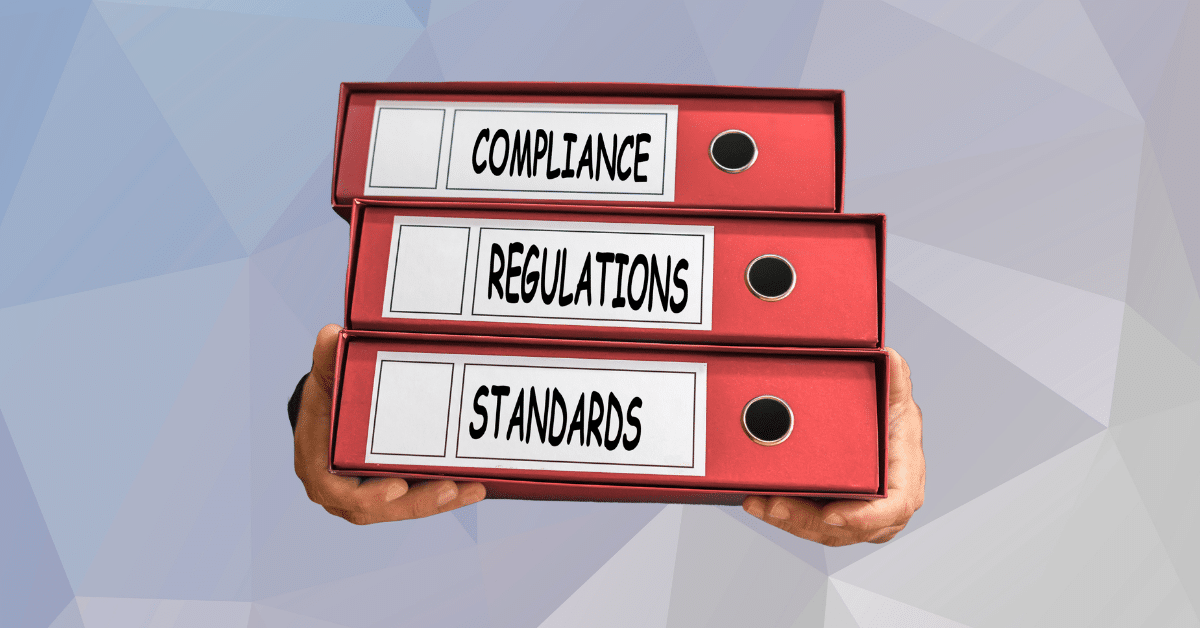I still remember my first week helping an HR team at a mid-sized tech firm. A new engineer pulled me aside after a lunch-and-learn and said, “I finally know what to do if something feels off—and how to speak up without blowing up my career.” That stuck with me. Training didn’t just tick a policy box that day; it gave someone language, options, and confidence. Multiply that across a company and you start to see why high-quality harassment prevention training isn’t just compliance—it’s culture-building and risk control in one move.
Benefits of Sexual Harassment Training
The benefits of sexual harassment training go well beyond “checking the box.” When the program is designed well and reinforced year-round, you’ll see gains in trust, safety, and performance.
1) Stronger Day-to-Day Culture
Employees learn shared definitions, boundaries, and everyday behaviors that signal respect. That clarity is how sexual harassment training in the enhanced workplace culture: fewer “gray areas,” fewer awkward bystander moments, and more confident managers. Team surveys typically show a measurable increase in psychological safety after interactive sessions and refresher sessions.
2) Lower Legal and Financial Exposure
Regulators continue to investigate and resolve discrimination and harassment claims, and employers are paying attention. Noncompliance and weak response systems carry real costs—settlements, legal fees, lost productivity, and brand damage.
3) Better Reporting and Earlier Intervention
Clear procedures and “how to report” practice during training lead to quicker, cleaner reports. That lets HR act earlier—often before behavior escalates—reducing harm, downtime, and reputational fallout.
4) Higher Engagement, Retention, and Recruiting
Respectful teams are easier to keep and easier to hire for. People stay when they feel safe and heard; managers coach more effectively when they’re trained to spot risk and intervene. That’s the quiet ROI of practical sexual harassment training—lower turnover costs and steadier performance.
5) Leadership That Actually Leads
Harassment training for supervisors should go beyond definitions. Give leaders scripts, case walkthroughs, and decision trees: “What do I do if the report is anonymous?” “How do I separate parties?” “Who must I notify?” Managers become confident first responders instead of bystanders.
6) Cleaner Multi-State Compliance
If you operate in multiple jurisdictions, mandatory sexual harassment training rules vary (e.g., annual vs. biennial, who’s covered, and what constitutes “interactive” training). Getting the cadence and content right across states keeps people protected and lowers risk.
7) Credibility With Clients and Candidates
Prospects and job seekers ask about culture. Showing a living, well-maintained program—and sharing a plain-English summary during contracting or hiring—signals maturity and lowers perceived vendor risk.
What “Good” Looks Like: Effective Sexual Harassment Training
To deliver on the benefits of sexual harassment training, build the program around how adults learn and how incidents actually unfold:
- Interactive by design. Knowledge checks, scenarios, and “choose-your-path” activities are more effective than passive slides.
- Real-world scenarios. Include remote/hybrid examples (DMs, private channels, video-call comments), off-site events, and third-party interactions (clients, vendors).
- Bystander playbook. Teach safe, practical ways to check in, redirect, document, and report.
- Supervisor-specific modules. Intake do’s/don’ts, documentation, non-retaliation steps, confidentiality boundaries, hand-off to HR/Legal, and follow-through.
- Inclusive content. Address harassment tied to gender identity/expression and sexual orientation, and define abusive conduct/bullying.
- Short refreshers year-round. Micro-learning, manager talking points, and five-minute “safety moments” keep policies alive.
- Clear reporting options. Show internal contacts, anonymous channels, and emergency paths, then rehearse them.
- Metrics that matter. Track completion, knowledge scores, time-to-report, resolution timelines, and post-training culture survey items.
California Spotlight: Plain-English Rules You Can Act On
If you employ five or more people in California, state law requires harassment prevention training for both supervisors and non-supervisors:
- Who & how often: All employees are trained every two years; new hires and newly promoted supervisors are trained within six months.
- Duration: 2 hours for supervisors; 1 hour for non-supervisors.
- Topics: Sexual harassment, abusive conduct (bullying), and harassment related to gender identity, gender expression, and sexual orientation.
- Temporary workers: Train promptly (e.g., within 30 days or 100 hours, depending on arrangement; staffing agencies generally carry this duty).
- Practical tip: Keep records of completion dates and content for at least two years to simplify audits and renewal cycles.
Where Training Is Required (Quick Map)
- California: Employers with 5+ employees; 1 hour (non-sup), 2 hours (sup) every two years.
- New York State/NYC: Annual, interactive training is provided for all employees; NYC also incorporates local rules and model training.
- Illinois (and Chicago): Annual training is provided statewide; Chicago adds specific details for employers within the city.
- Connecticut, Delaware, and Maine: State mandates with distinct hours and coverage rules. Many multi-state employers standardize an annual, interactive course across all sites.
Prevention That Sticks: Build Harassment Prevention Programs, Not Just Courses
Training is one part of a larger system. Round out your harassment prevention programs with these pillars:
- Policy People Can Actually Read
Short, plain-English policy with examples, reporting options, and anti-retaliation language. Post it, teach it, and link it in the onboarding process. - Multiple Reporting Paths
Provide people with a choice: direct supervisor, HR inbox, hotline/portal, and, if needed, outside ombud support. Clarify who sees what and when. - Manager Micro-Skills
Monthly five-minute refreshers: how to receive a report, what to document, what not to promise, and how to loop in HR the same day. - Early-Signal Metrics
Watch anonymous Q&A, sentiment pulses, and exit-interview mentions. Small trendlines beat big surprises. - Consistent Consequences
Publish a short “what happens next” overview. When employees see fair, timely follow-through, trust rises.
Implementation Roadmap (90 Days)
Days 1–30: Audit & Align
- Inventory current materials and completions by location.
- Map legal requirements by state/city.
- Interview HRBPs and two to three line managers for frontline realities.
Days 31–60: Launch & Brief
- Roll out an interactive core course and add harassment training modules for supervisors.
- Publish “How to report” quick guides on your intranet and in breakrooms.
- Host a 30-minute Q&A session with managers on intake basics.
Days 61–90: Reinforce & Measure
- Push two micro-lessons (bystander moves; remote-work scenarios).
- Add training stats and time-to-response KPIs to your HR dashboard.
- Run a 5-question pulse on safety and reporting clarity; share results and next steps.
Practical, Data-Backed Case for Executives
- Regulatory risk is rising. Charges and recoveries continue to rise, indicating that ineffective programs are costly.
- Clear standards guide response. Align training, reports, and investigations with current federal and state guidance to reduce disputes.
- Multi-state alignment avoids rework. A single interactive baseline, plus short state add-ons, keeps you covered across locations without reinventing content each year.
Ready To Start?
If you’re in California, direct new hires and supervisors to our Sexual Harassment in California training course. If you’re multi-state, pair it with short add-ons for New York, Illinois, and other relevant jurisdictions. Launch a 30-minute manager briefing the same week to reinforce the desired behaviors.
FAQs
What Topics Should Sexual Harassment Training Cover To Be Effective?
Effective sexual harassment training should cover clear definitions and examples of inappropriate conduct, as well as how harassment can manifest in both in-person and online settings. It should also outline how to report concerns and how the company prevents retaliation. Strong sexual harassment training also includes bystander steps, supervisor response expectations, and state-specific topics like abusive conduct and harassment tied to gender identity and sexual orientation.
How Often Should Sexual Harassment Training Be Completed?
Sexual harassment training should be completed on the schedule required by the strictest location where you operate. Some states require annual sexual harassment training for all employees, while others mandate training every two years, with specific hour requirements for both supervisors and non-supervisors. Many multi-state companies conduct sexual harassment training annually, ensuring expectations remain current for all employees.
What Is the ROI of Sexual Harassment Training Beyond Legal Protection?
The ROI of sexual harassment training extends beyond legal protection, as intense training enhances early reporting, reduces repeat behavior, fosters trust in leadership, and helps retain employees who feel safe and respected at work. Sexual harassment training also saves the organization from the higher cost of escalated claims, turnover, and damaged reputation.
How Should Sexual Harassment Training for Supervisors Differ From Employee Training?
Sexual harassment training for supervisors should delve deeper than employee training by focusing on how managers receive complaints, document details, protect confidentiality, prevent retaliation, and promptly alert HR. This level of sexual harassment training prepares supervisors to act quickly and consistently, ensuring that employees are supported and issues are addressed before they escalate.
Can One Core Sexual Harassment Training Course Work Across Different States?
One core sexual harassment training course can be practical across different states if it covers federal standards and respectful workplace expectations, and then incorporates short, state-specific modules. In practice, this means delivering consistent sexual harassment training to everyone, while adding quick add-ons for locations such as California, New York, or Chicago, which have their own timing and topic requirements.


















